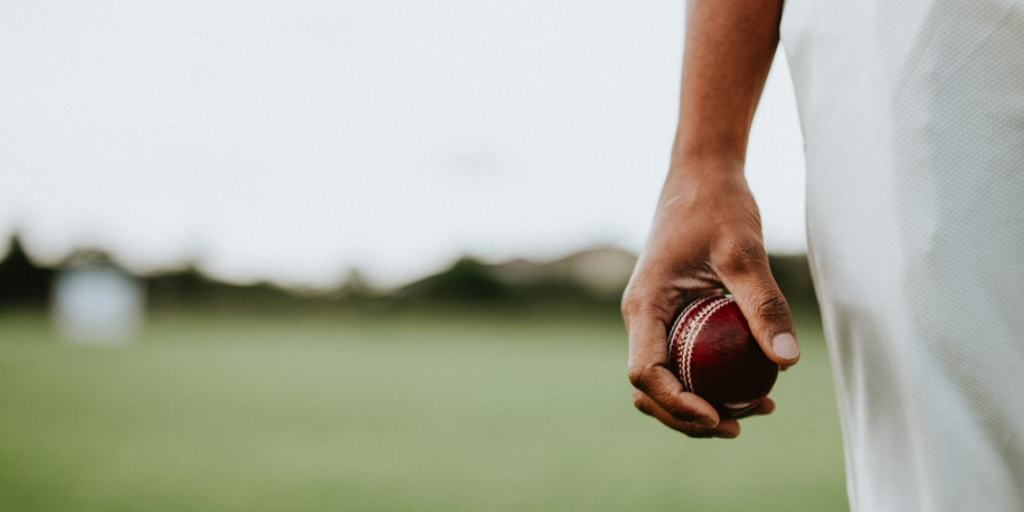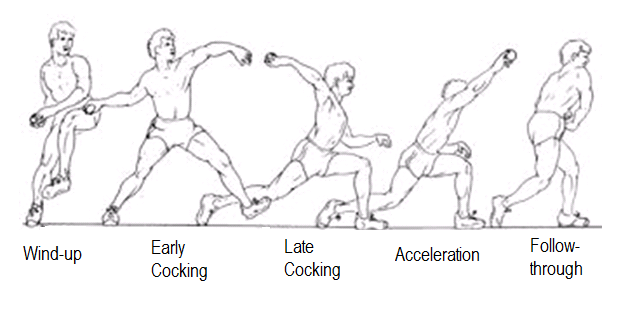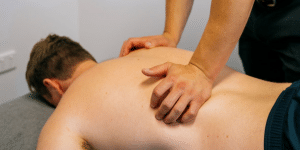Common Throwing Injuries

As many of you are probably aware, Ethos Health are running free throwing clinics for all NDCA clubs to look at ways to improve throwing technique and accuracy, and importantly to reduce the risk of injury. It got us thinking – what are the most common mistakes made by players in the throwing action?
Learn More: Concussion in Cricket
Before we talk about the problems, let’s have a quick look at the stages or phases of throwing. Remember most research has been done on baseball pitchers so there are some slight differences in cricket.
- Wind-Up: is at the beginning of the throwing motion and prepares the body parts for throwing. Most of the activity takes place in the lower body moving the weight onto the back leg
- Early cocking: draws back the arm and the shoulder
- Late cocking: is where maximum shoulder rotation and pelvic rotation occur so there is potential for increased stress on the front of the shoulder joint
- Acceleration: is the movement from this position to ball release where the speed and force is imparted to the ball
- Follow-Through: is the finish of the action after ball release where the momentum generated by the throw is absorbed by an extended shoulder and body movement

It is said you don’t just throw with your arm, but the most important strength comes from your legs and midsection/core. These are the biggest muscles in the body so the more they are used in the throwing action, the less work is required of the smaller shoulder muscles meaning lower stress and injury risk. So the first thing to think about is to ensure you are driving from the legs and trunk to make the most of these muscles.
The next common observation is the elbow angle – either dropped too low below shoulder height or excessively bent so the ball is being thrown from the players’ ear. This puts more pressure on the inside (or medial) part of the elbow as well as reducing the length of the forearm throughout the throw which reduces power and accuracy.
Another common finding is of someone “opening too early”. This is during the early to late cocking phases where the hips twist around and sometimes the shoulder gets “left behind” which puts a big stretch across the front of the shoulder and exposes it to strain and injury.
Finally, not following through fully is like asking a car to brake suddenly in 10m rather than over a longer distance. This puts more stress on the car tyres and braking mechanism, much the same as if a short follow through is used, which means all that force and momentum is absorbed in a short sharp period and comes with more pressure on the structures absorbing this load.
Learn More: The Ultimate Guide to Shoulder Dislocations
Putting it all together:
- Think about driving with your legs and using your trunk muscles in the throwing action (you should feel some strain there and not in your shoulder)
- Pay attention to your elbow position in throwing and make sure it isn’t too low or too bent
- Follow through after each throw smoothly
If you do have any shoulder niggles with throwing or would like more information, contact us here or book an online appointment






